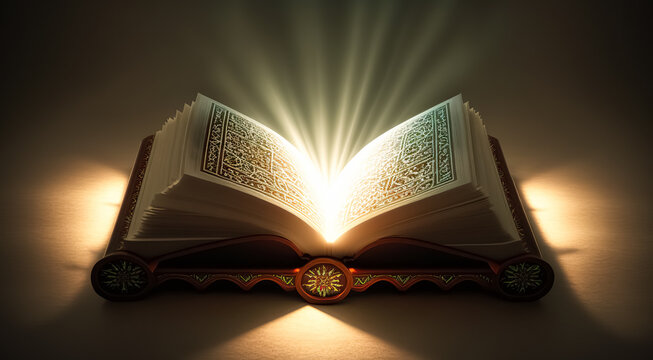– Dr. Yahya Khan (F.Y.M.D. KEM Hospital, Mumbai)
Art is the expression of ideas via different modes and media and has always been a part of human instinct. Human nature is inclined to outward beauty and appreciates artistic modifications to the physical world outside, such that if it appeals to his inner self and the chords of his emotions are pulled by the art he sees, man is compelled to speak his mind and exclaim with extreme ecstasy, “Wow”. From time to time, since the existence of civilization itself, selected men of the whole lot have come forward to accomplish this desire, or rather, need, of human nature. Huge monuments, buildings of explicit beauty, carved-out mountains, sculptors, drawings in walls, rocks, leaves, tablets, and the advent of pen and paper, giving elegant poetry and tasteful stories right up until the invention of cinema, are all self-evident proofs of the need for art. An appreciator of art flips through the pages of the history of mankind, guiding himself, and observes the progression, the ebb and flow of nations, and the social evolution of mankind through the art that is scattered around the globe. Usually, these artistic expressions are a reflection and shadow of the civilization and society of the time. The attributes and principles on which society stands and flourishes are often depicted by these arts. For example, a society in which nudism and sensualism were rampant could be easily made out by the nude art in the form of paintings as seen in France after the Renaissance; in India, the caves of Ellora and Ajanta around the 8th century c.e. are a few mentions of the past. Pre-Islamic Arabian Peninsula had a special status as far as literature and language are concerned, and hence, we find in their poetry envisioning tribal wars as a token of pride and courage and drinking wine as an act of class. The present-day form of art has taken the form of cinema, and the civilization shown therein is actually the state of affairs. Globalization has turned the world into a global village, further making it easy for the stronger nations to thrust upon the other nations their civilization via art. In short, art and civilization are two-way streets, both affecting and influencing each other. The most outreached and accepted form of art nowadays is cinema, and in our country, themes of patriotism, promotion of the Hindu culture, propagation of the achievements of the establishment, and in turn developing a liking towards them are some of the agendas taken up by cinema in India today.

“Qur’an is the source of Islamic Art & Civilization”
Islam is by far unique in its style for the simple reason that the majestic artistry on which the whole foundation of this Deen is placed, the beautiful structure of Islam, and its civilization perplex many. All this was the result of an absolute, perfect, and complete Kalaam in the Quran. Even today, after 1444 years, it still inspires many souls, appeals to many beings, touches so many emotions, and moves the very foundations of mankind’s existence, such that the wavering intellect searching for purity in its purpose, when it comes across this collection of the highest order of art, is speechless but is bound with words for expression and is compelled to say ‘wow’. The Quran could have been revealed to the unlearned Prophet ﷺ in a simpler language without any rhythm or artistic mastery, with the same message to a society that was uncivilized in every aspect. But the effects could not be similar in any manner, for the beauty of the Kalaam lies in its power to enchant the audience, which was only possible when such a phenomenon was adopted, which, with its meaning and style, touched the inner soul of man and convinced him of the message to such an extent that man, irrespective of time and place, would eventually sacrifice everything for the cause of this Kalaam. This is what happened to pre-Islamic Arabia, and such was its profound effect that even the greatest enemies of Islam could not resist hearing the verses, though they advised everyone against it. A companion, Abu Aqil Labid ibn Rabia, gave up poetry after listening to the Quran. The civilization built in Medina and the whole of Arab history on such an elaborate and moving Kalaam is still a utopia for many and a desire for many burning hearts. Al Mussawwir showered His mercy, and all aspects of a monochromatic, dead society were suddenly colorful and full of life, covering everything from individual existence to a socio-economic political order. Art up until the advent of Islam was employed to spread indecency and immorality as an instrument for cheap entertainment and the achievement of some petty gains, which has continued to this day, and the effect of cinema on young minds is quite evident. It was Islam’s favor to the world that it put the aesthetic abilities of men on the right path, with the Quran at the apex of it all. Wherever the soldiers of this majestic artistry traveled, they laid the foundation of a monotheistic civilization and incorporated it through art by building magnificent mosques, from Cordova, Spain, to Jama Masjid in Delhi, and still beyond. Poetry is now a means to inculcate the true spirit of humanity and transcend time and space for the identification of oneself. Poets like Maulana Rum and Allama Iqbal are worth mentioning. Turkish architecture, lingual elegance, and modest attire are all Islam’s gifts to the world. The Muslims of the world need to roam around the globe to be inspired by their glorious past, dive into the Divine musical rhythm of the Quran, and paint the world with it’s Divinity.

